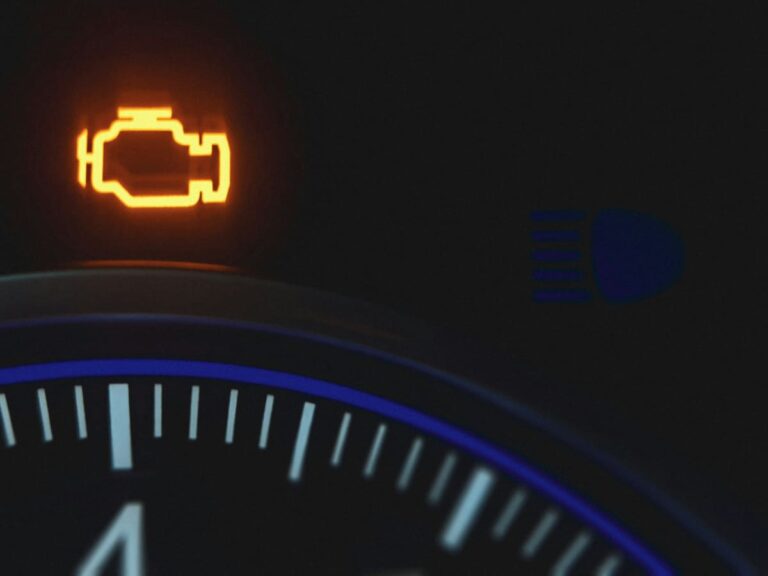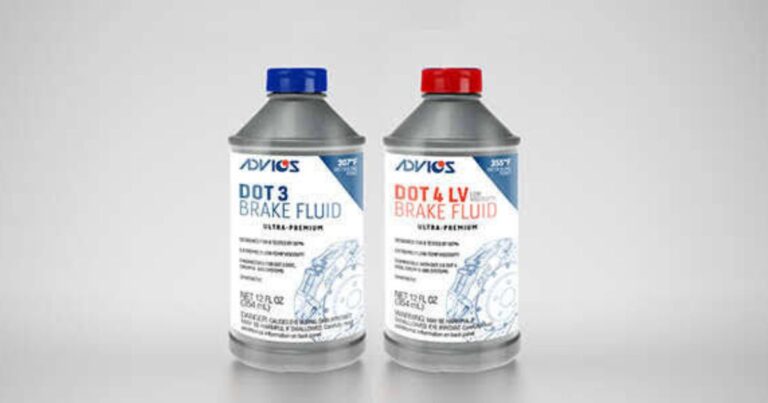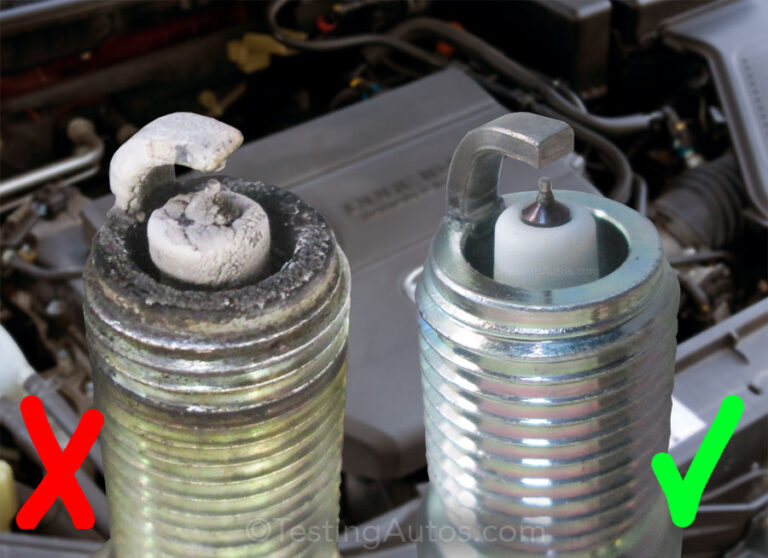
Yes, a cracked driver can definitely affect performance. Whether it’s a crack in the clubhead, face, or shaft, damage to a driver can lead to reduced distance, accuracy issues, and even inconsistent ball flight. Golf drivers are engineered for optimal energy transfer, and any structural weakness compromises how effectively the club delivers power to the ball.
Let’s break down how a cracked driver impacts your game, the types of cracks you might find, and when it’s time to replace or repair your club.
How Does a Cracked Driver Affect Performance?
1. Loss of Distance
A crack on the face or crown of the driver can affect the energy transfer during impact. Instead of maximizing ball speed, the crack absorbs or deflects energy, leading to a loss of distance. You may notice your drives coming up shorter than usual, even on solid swings.
2. Inconsistent Ball Flight
Cracks can cause unpredictable ball flight. For example:
- You may experience excessive spin, causing slices or hooks.
- The ball may launch lower or higher than normal.
- The ball flight may be erratic, even with consistent swing mechanics.
3. Reduced Forgiveness
Drivers are designed with sweet spots that maximize distance and minimize mishits. A crack, especially near the sweet spot, can cause the driver to lose forgiveness, resulting in more severe misses even on decent strikes.
4. Sound and Feel Changes
One of the easiest signs of a cracked driver is a different sound at impact. It may sound dull, muted, or hollow compared to the usual solid “ping.”
- You may also feel more vibration in your hands after hitting the ball.
- A sudden change in feedback can indicate damage.
Types of Cracks That Affect Performance
1. Cracked Face
- The face of the driver is where impact occurs. Any crack here reduces ball speed and control.
- Common issues include distance loss, erratic spin, and poor feel.
2. Cracked Crown
- The crown is the top surface of the clubhead. While it doesn’t directly impact the ball at contact, a crack can weaken the structure of the head and shift weight distribution.
- It may cause changes in launch angle or make the club feel unbalanced.
3. Cracked Sole
- The sole is the bottom of the clubhead. Cracks here can affect aerodynamics and stability.
- You might notice decreased control, odd ball flight, or unusual noises during a swing.
4. Cracked Shaft
- A crack in the shaft (especially near the hosel) can drastically affect performance.
- It may lead to inconsistent flex, erratic shots, or complete shaft failure during a swing.
How to Tell If Your Driver Is Cracked
1. Visual Inspection
- Look for fine lines or splits on the face, crown, or sole.
- Pay attention to unusual wear spots or areas where paint is chipping, as these may be hiding cracks.
2. Sound Test
- Hit balls on the range and listen for a change in sound at impact.
- A cracked driver often makes a duller, less satisfying sound.
3. Feel Test
- Feel for increased vibration or shock during impact.
- If the club feels “dead” or lifeless, it may be damaged.
4. Performance Changes
- Noticeable loss in distance or consistency can signal damage.
- If your drives suddenly drop in yardage or accuracy, inspect the club closely.
Can You Repair a Cracked Driver?
Minor Cracks
- Cosmetic cracks in the paint or clear coat can often be repaired by a professional or with DIY kits.
- These don’t usually affect performance but may need fixing for aesthetic reasons.
Structural Cracks
- Cracks in the face, crown, sole, or shaft generally can’t be repaired effectively.
- These parts are integral to the driver’s performance, and repairing them could compromise the club’s integrity and safety.
Replacement
- If your driver is under warranty, many manufacturers will replace cracked drivers.
- If not, replacing the club is typically the safest and best-performing option.
What Causes a Driver to Crack?
- Wear and Tear: Repeated use over time can fatigue the material.
- High Swing Speed: Faster swing speeds generate more force, potentially stressing the clubhead.
- Thin Face Technology: Modern drivers with ultra-thin faces maximize ball speed but may be more prone to cracking.
- Hitting Range Balls: Range balls are harder and can stress the club more than regular balls.
- Temperature Extremes: Leaving your driver in very hot or cold conditions can weaken materials.
How to Prevent a Driver from Cracking
- Avoid hitting from hard surfaces like mats with little give.
- Inspect your driver regularly for signs of wear.
- Store it properly, avoiding extreme temperatures.
- Rotate your driver use if you practice frequently to spread wear across clubs.
Conclusion
A cracked driver does affect performance, often leading to reduced distance, inconsistent ball flight, and poor feel at impact. If you suspect your driver is cracked, it’s best to inspect it carefully or consult a professional. In most cases, replacing a cracked driver is the best solution to restore your game’s consistency and power.
FAQs
Can a Cracked Driver Lose Distance?
Yes. A crack weakens the structure, reducing energy transfer and leading to shorter shots.
Will a Cracked Driver Affect Accuracy?
Absolutely. It can cause erratic spin and ball flight, leading to accuracy problems.
Can You Fix a Cracked Driver Head?
No. Structural cracks in the face, crown, or sole can’t be safely repaired. Replacement is recommended.
How Do I Know If My Driver Face Is Cracked?
Look for fine lines, unusual wear, or listen for changes in sound at impact. Feel for extra vibrations in the handle.
Will Manufacturers Replace a Cracked Driver?
If it’s under warranty and the damage wasn’t caused by misuse, most manufacturers will replace or repair the driver.
Also Check:
• Does A Cold Air Intake Make Your Car Faster?
• Does A Bug Deflector Really Work?
• Does A Catch Can Void Warranty?





